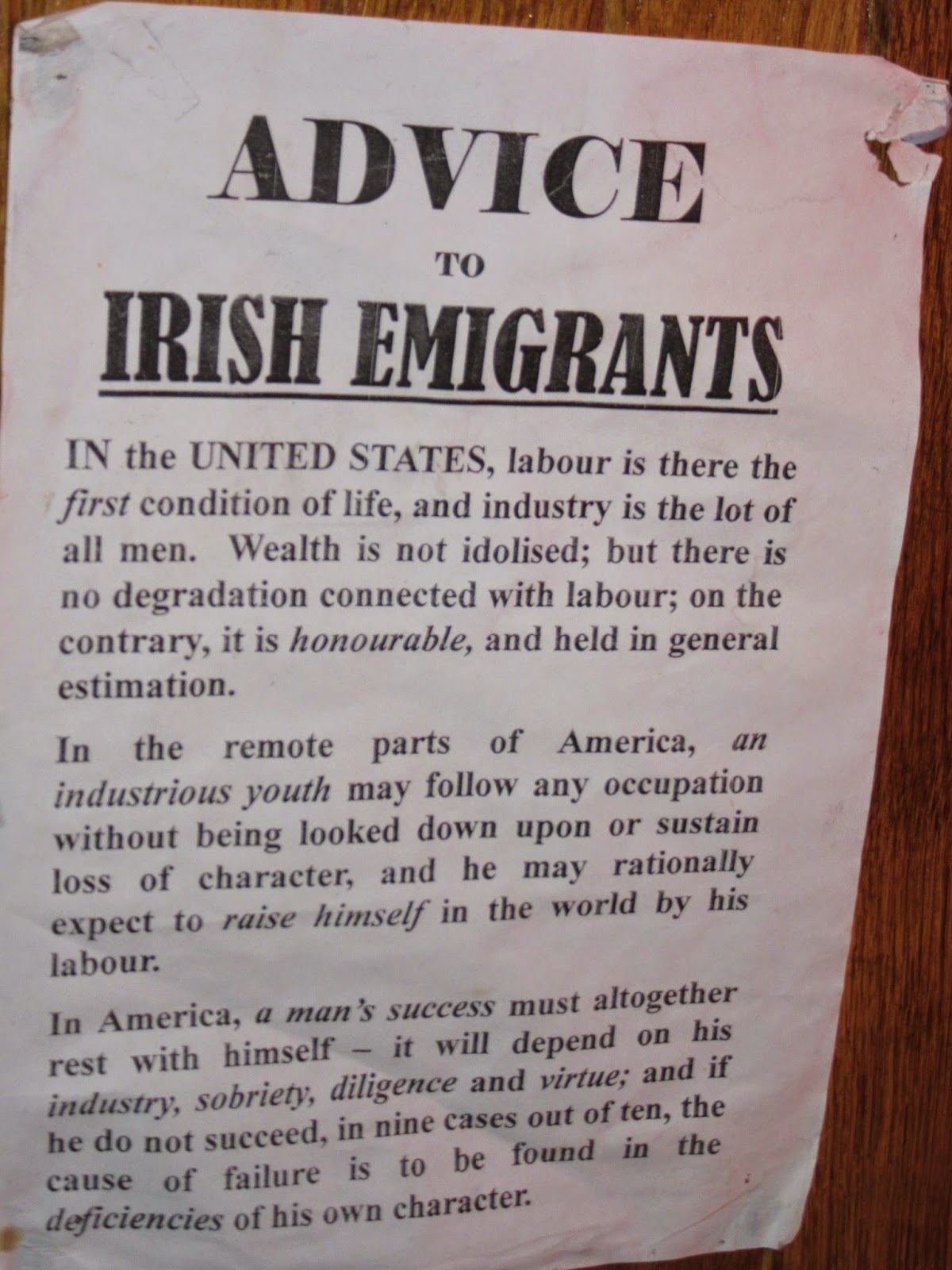A pikeman monument in Tralee, County Kerry
I like to write a few articles in my free time. Some have been published and some have not. Most of the articles are Ireland related and generally of a historical or cultural nature. I may be contacted through the email on this site.
Tuesday, August 26, 2014
Rodger Casement
The statue of Rodger Casement at Ballyheigue, County Kerry. A German U-Boat brought him to Ireland and he came ashore in a rubber dingy. The locals informed the British and he was soon apprehended. After a trial for treason he was hanged at Pentonville Prison. His body was reinterred in Ireland in 1965.
Thursday, August 14, 2014
The Irish Brigade Flag, County Galway
Clare's Dragoons
When on Ramilles bloody field
The baffled French were forced to yield,
The victor Saxon backward reeled
Before the charge of Clare´s Dragoons.
The flags we conquered in that fray
Look lone in Ypres choir they say,
We´ll win them company today,
Or bravely die like Clare´s Dragoons.
The baffled French were forced to yield,
The victor Saxon backward reeled
Before the charge of Clare´s Dragoons.
The flags we conquered in that fray
Look lone in Ypres choir they say,
We´ll win them company today,
Or bravely die like Clare´s Dragoons.
The Battle of Ramilles was fought in 1706. The flag pictured above was carried into battle by the Irish Brigade. The Flag is on display at Kylemore Abbey, Connemara, County Galway
The Jeannie Johnson
Some advice for those going to the United States in the 1840s.The poster is on display aboard the Jeannie Johnson, a replica "Coffin ship" museum, docked on the Liffey.
An Irish passenger on her way to America
What the passengers got to eat on the voyage, though on most of these ships the food amounted to a starvation ration.
Sheela-na-Gig
The sheela-na gig (possibly from the Irish meaning "Sheila of the breasts") are found throughout the country, usually on churches, though some are also in castles. One possible function was to ward off evil. This particular example is from the Rock of Cashel, County Tipperary.
Stone Fort , County Kerry
The Irish did not live in towns and inhabited earthen or stone ring forts until the collapse of Gaelic society in the 17th century. This example is just outside Waterville, County Kerry.
Traitors' Gate Dublin
The Fusiliers Arch, erected to the men of the Royal Dublin Fusiliers, who fought in the Second Boer War. It forms the gateway to St. Stephens' Green in Dublin. For decades it was known locally as Traitors' Gate, though today many view this as derogatory.
Nora Barnacle and James Joyce
The hotel may be long gone, but the name is still preserved on the gable end. It was in this hotel that Nora Barnacle worked as a chamber maid and just outside, on Nassau street, where she met James Joyce. Their first date on 16 June would be immortalised in the novel Ulysses.
Matt Talbot
Matt Talbot- the alcoholhic, who became a holy man and held up as an example to all. When he died in 1925 he was found to be wearing chains, a sign of penance. His statue is located on the South side of the Liffey, just beside the Bank of Ulster.
Irish Civil War Grave, North County Dublin
Located on the Malahide Road, just after St Doulagh's Church lies this forgotten monument. Bernard Daly was murdered by Free State Soldiers in 1922.
Bernhard Daly was from Armagh but grew up in Drogheda. He joined
the IRA and fought in the War of Independence. During the Civil War he served
on the Anti-Treaty side and fought in the Parnell street Area. He was taken from his place of work, a pub now
called O’Neills, by three men in
civilian clothes. They may have been part of a group known as the Oriel Street
Gang, dedicated to stamping out any resistance to the to the newly founded Irish
Sate and were involved in several murders. His body was later found at this
spot.
Fairy Tree, County Galway
The sceach or fairy tree. This example is located just outside the village of Leenane in County Galway, on the road to Kylemore. In times gone by, there was a belief that if you wanted a cure for a sickness, you would bind a rag to a fairy tree and when the rag rotted away, your sickness would go away. Unfortunately, tourists have taken to abusing this custom and it is often seen with toilet paper.
Rag Tree
The rag tree at Doon well, County Donegal. The site has been a place of veneration for thousands of years.
Monday, August 11, 2014
The Church of Saint Nicholas, Galway
In the heart of medieval Galway is the 14th century
church of St Nicholas, the patron saint of sailors. The photos here show a small
fraction of the monuments on display. The Lynch memorial window-the heads of the
angels were apparently smashed when the church was occupied by Cromwellian
troops who used the church as a stable and ransacked the city in the 17th
century.
Around 750 men from Galway city and county fell in the Great
War. The Celtic Cross, hidden away in this church is their only monument.
The crusader grave for a knight called Adam. It predates the
church by about fifty years and whoever prays for his soul will have forty days
less to spend in purgatory.
The remnants of a flag, the proud banner of “The Devil’s Own”
as the Connaught Rangers were known.
Subscribe to:
Comments (Atom)


















